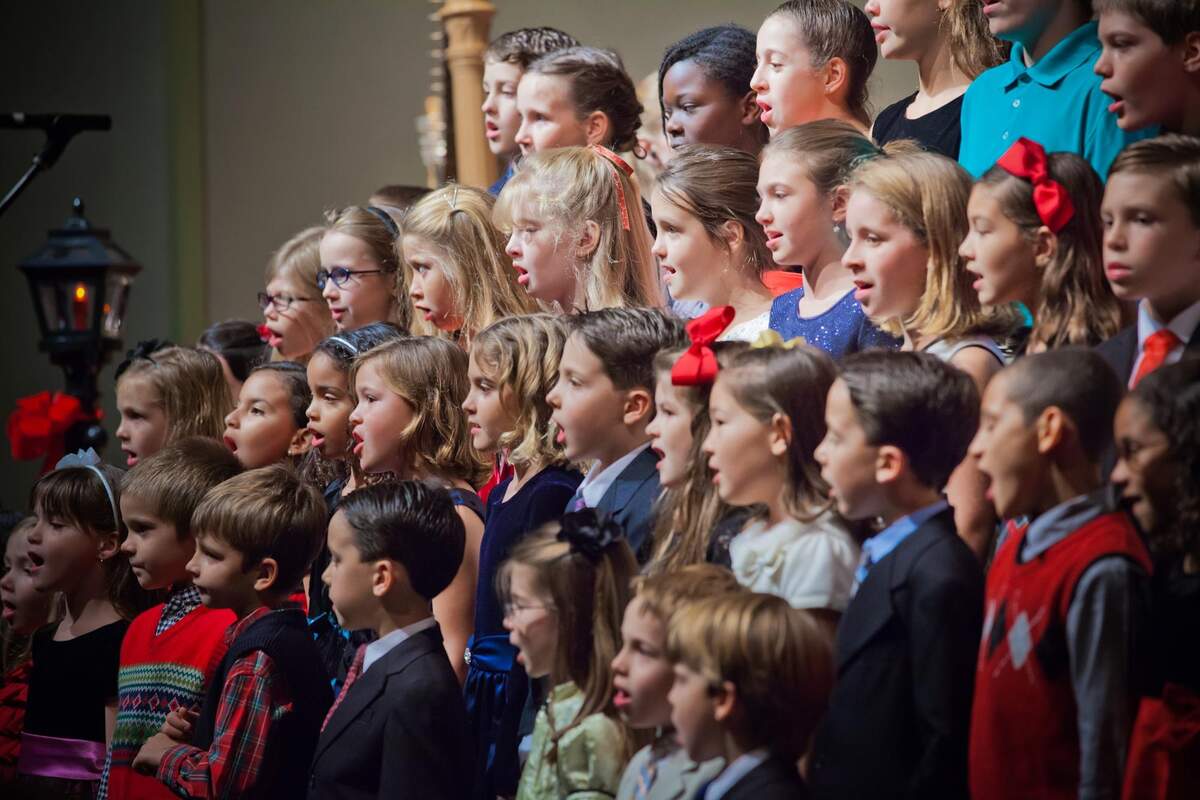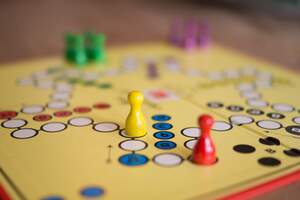

Go Caroling Day
Observed
annually on December 19th (2001 to 2006)
on an unknown date (2007)
annually on December 20th (since 2008)
Dates
Hashtags
Sources
http://www.giftypedia.com/Go_Caroling_Day
https://people.howstuffworks.com/culture-traditions/holidays-christmas/christmas-caroler.htm
https://www.arcadiapublishing.com/Navigation/Community/Arcadia-and-THP-Blog/November-2018/The-Little-Known-History-of-the-Caroling-Tradition
https://www.holidayinsights.com/moreholidays/december/gocarolingday.htm
Held just five days before Christmas, Go Caroling Day is an exciting and social way to celebrate the holiday season. Although caroling was more popular in the twentieth century, and particularly so in the nineteenth century, many people still carol today, and most countries share the holiday tradition of caroling in common. Family members, friends, church groups, youth groups, and coworkers carol together. Some groups sing to raise money for charity. Carolers go door-to-door, to nursing homes, assisted living centers, and to senior centers. On Go Caroling Day, groups gather and carol at places just like this!
A few influences led to the caroling tradition. Caroling may trace its roots to the Festival of Yule, when Northern Europeans sang and danced to honor the Winter Solstice. In fact, the Old French word "carole" means "kind of dance." Eventually, the songs became Christian hymns and the dancing receded.
Another influence on the start of caroling didn't necessarily involve singing, nor take place specifically during the holidays. In England during the thirteenth century, people went house to house during the colder months to give well wishes to their neighbors. They said "wassail," which comes from the Old Norse word "ves heill," which means "be well and in good health." The saying was later used to create the song "Here We Come-A-Wassailing."
A third influence comes from St. Francis of Assisi. In 1223, he began encouraging the use of music during the holiday season, and he brought sayings and songs of well-wishes into his Christmas services. The songs he incorporated were upbeat and less somber than songs previously used in services. Many of these songs, which commemorated the birth of Jesus, had been written centuries earlier, but weren't associated with Christmas until this time. Families embraced his ideas and brought the songs home. The songs became part of an oral tradition and were passed down through generations, and were shared across Europe to celebrate the birth of Christ. The songs began being published in the late sixteenth century, which brought them to new countries and cultures.
Today, traditional Christmas carols consist of Christian hymns and songs, songs about symbols of the holiday season like snowmen, snow, and Santa, as well as other Christmas songs. Some of the most common carols are "Silent Night," "The Twelve Days of Christmas," "Joy to the World," "Deck the Halls," "O Tannenbaum"—also known as "Oh Christmas Tree," and "O Come All Ye Faithful." On Go Caroling Day, people gather and lift their voices to share these songs with others!
How to Observe Go Caroling Day
Pick up some songbooks (or print lyrics), gather your friends and family members, and bundle up! You could carol door-to-door in your neighborhood or make a stop at a nursing home or assisted living center. If you plan on doing the latter, contact the location in advance. Make sure to enjoy some hot chocolate with your fellow carolers when you are done!





















